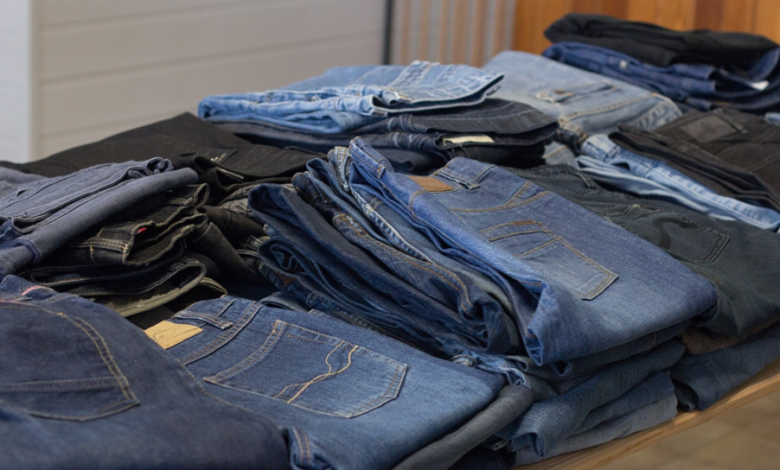How the Clothing Recycling Process Actually Works in Practice

Every second, one dump truck full of clothing is deposited in landfills. Consumers are purchasing more clothing than ever before, yet this clothing lasts half as long. The carbon emissions and water pollution resulting from this consumption are unsustainable.
To make fashion sustainable again, it’s essential to implement clothing recycling. You can find out more about how to do this below.
The Truth About Clothing Recycling
The sad, unfortunate truth is that a large percentage of donated clothing ends up in landfills. This is due to a few reasons.
First, clothing producers are simply creating far too many garments. Consumers then purchase more garments than ever before in history, yet throw them away in half the time. Secondhand clothing shops simply cannot manage the enormous influx of donated clothes.
Second, secondhand clothing shops and clothing recycling programs usually have quality standards that limit what can be recycled. Any wet items are thrown away, even if they became wet during shipping. Anything with rips, holes, or marks are in are often thrown out as well.
Pre-Consumer vs. Post-Consumer
There are two types of programs where you can recycle clothing. One is pre-consumer, and the other is post-consumer.
The pre-consumer recycling process involves textile recycling before it is exposed to the consumer market. This means working directly with manufacturers to collect their leftover scraps. With a textile shredder, companies can create recycled fiber from old garments or scraps of textile and then use this new fiber to create upcycled products, carpets, or even insulation.
Post-consumer clothing recycling involves recycling textiles after they have hit the consumer market. This is also known as secondhand clothing. Rather than donate your used garment to the most convenient location, try to seek out companies that guarantee no donated clothing is ever dumped in a landfill.
How to Improve the Recycling Process
The clothing recycling process still has a long way to go before it makes a dent in the damage. Right now, clothes diverted from the landfill are not being processed fast enough to even the score.
There are certainly enough purposes for recycled clothing. It can be used to make upcycled clothing, carpets, stuffing for seats, and insulation. There is a need for environmentally conscious innovators to devise new purposes for these textiles.
Of course, the most effective way to deal with this garment waste problem would be for garment companies to limit their excess production in the first place.
How to Start Recycling Your Clothes
Clothing recycling may be more involved than simply dropping off your old clothes at Goodwill. With a little bit of research, it’s easy to find companies with contracts that inhibit their recycling partners from taking anything to the landfill. It also helps to limit your garment consumption, try to make your clothing last longer, and spread the word among the public.
To read more interesting articles like this one, take a second to browse our page.






